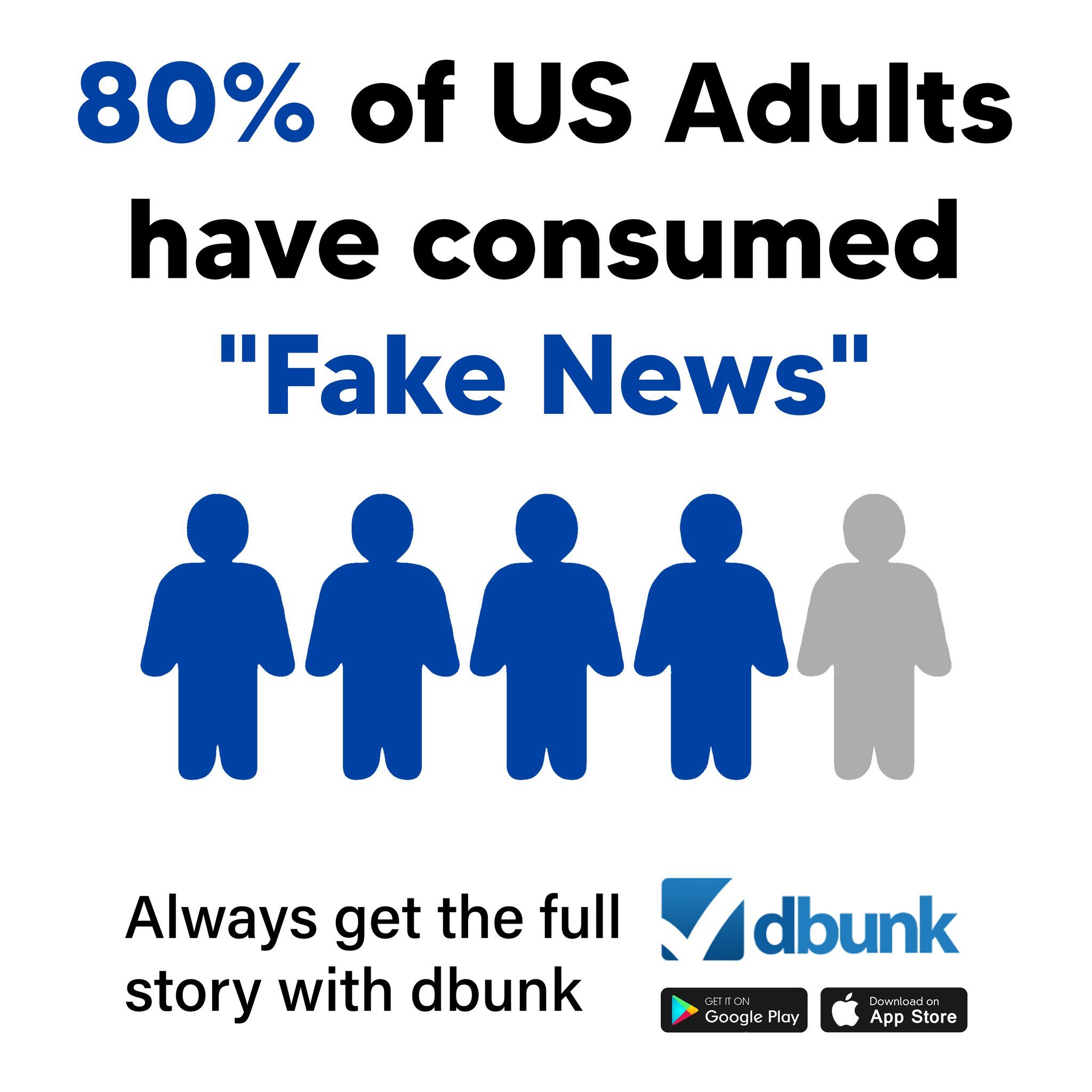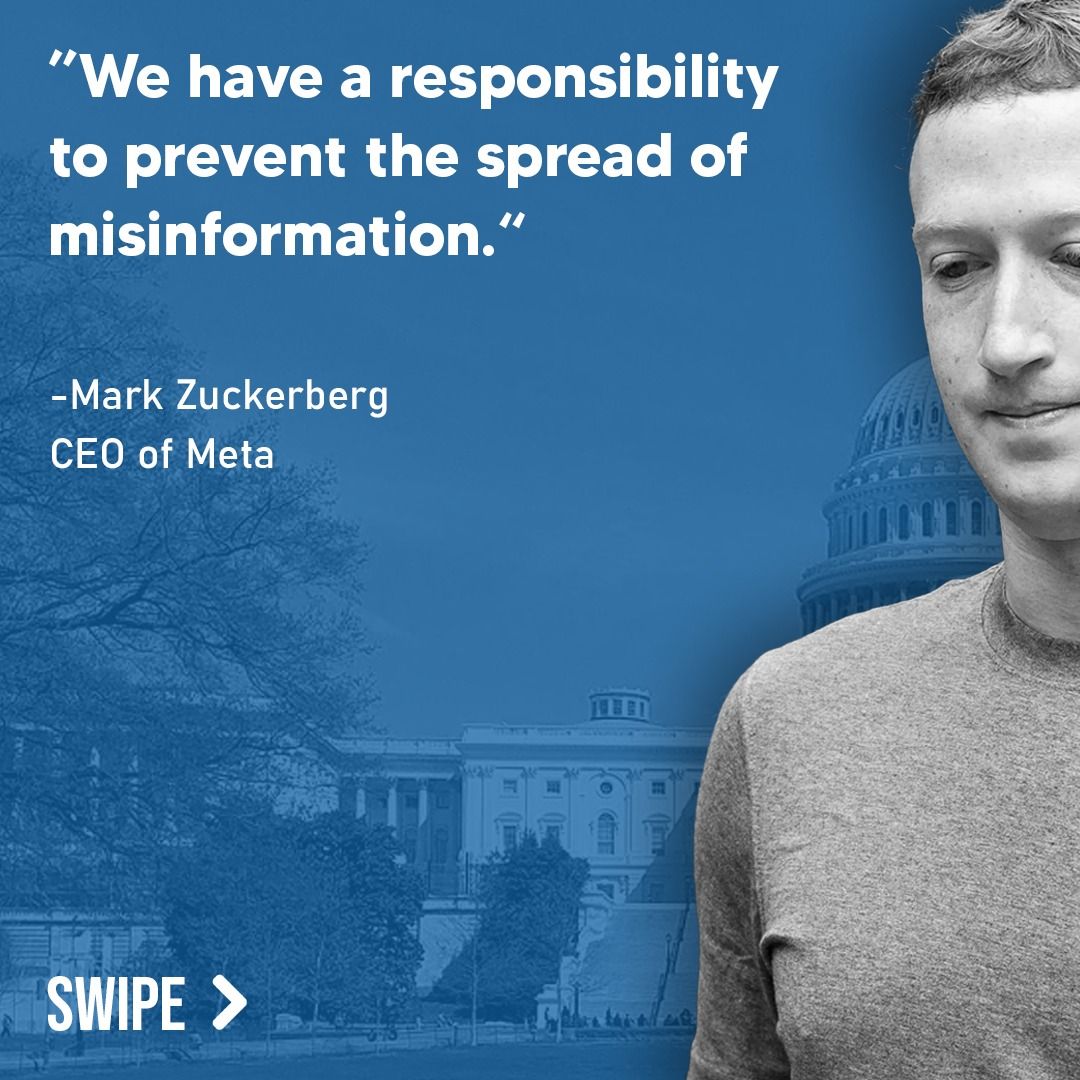
Introduction
A newly published article by the New York Times has sparked concern and curiosity over the European Union’s announcement of potential retaliatory tariffs valued at $107 billion against U.S. goods. With tensions simmering in the global trade landscape, one DBUNK user asked whether these measures truly threaten U.S. policy or if this marks another chapter in an ongoing trade skirmish. We examine the facts behind this developing event.
Historical Context
Trade disputes between the United States and the European Union have escalated in cycles over the past decade. The tension intensified during the Trump administration’s first term (2017-2021), especially over issues like steel and aluminum tariffs and digital services taxes. The EU previously imposed tariffs in response to U.S. duties amid the Boeing-Airbus dispute. As the world navigates global inflation and economic recovery post-pandemic, such tariffs threaten more than diplomatic ties — they could affect jobs, prices, and strategic alliances.

Evaluating Key Claims Made in the Article
Claim #1: The EU has outlined $107 billion worth of goods that could face retaliatory tariffs.
This claim is accurate. On May 8, 2025, the European Commission formally listed 95 billion euros (approximately $107 billion USD) worth of American exports that may face new tariffs. These measures are conditional — they would take effect if ongoing negotiations fail. According to the European Commission’s official press release the same day, affected products would range from agricultural goods to auto parts, with the intent to “rebalance” trade relationships.
Source: European Commission
Claim #2: The tariffs are retaliatory and target America’s duties on cars and car parts.
This is largely true. The European Union specifically cited U.S. tariffs on key automotive imports as a violation of World Trade Organization (WTO) rules. Earlier U.S. measures under Section 232 — originally citing national security — placed heavy duties on aluminum, steel, and later extended to various auto imports. The EU’s intent to launch a WTO dispute is consistent with prior actions and accurately described in the article.
Source: World Trade Organization

Claim #3: Trump’s tone toward the E.U. shifted dramatically, praising the EU hours after the tariffs were outlined.
This statement is accurate but lacks key context. While President Trump publicly praised the EU leadership as “fantastic” on May 8, it is not confirmed whether this was a direct response to the tariff threat. Historically, Trump’s rhetoric on the EU has vacillated widely, often switching daily. The article attributes the tone shift to coincidence, framing this as “unlinked” — a reasonable but speculative interpretation. However, not acknowledging Trump’s strategic use of unpredictability may oversimplify the situation.
Source: Reuters

Claim #4: These trade measures could seriously impact U.S. policy.
This is partly true but requires more nuance. While $107 billion in potential tariffs is substantial, the impact largely depends on the breadth of implementation and duration. Historically, retaliatory tariffs disrupt sectors like agriculture, manufacturing, and automotive. However, many such threats have proven negotiable given global economic interdependencies. Analysts from the Peterson Institute for International Economics note that unless actual tariffs are imposed, the announcement’s immediate effect is political posturing rather than concrete policy change.
Source: Peterson Institute

Conclusion
The New York Times article accurately outlines the facts regarding the European Union’s proposed $107 billion retaliatory tariffs. However, it misses some contextual complexity surrounding the actual economic consequences and the historically tactical nature of trade threats. While the proposed tariffs are genuine and legally grounded, their future impact on U.S. policy remains speculative until enforced. The article avoids sensationalism but could offer more comprehensive insight into past trade patterns and negotiation outcomes, which could influence the path forward.
Get Involved in the Fight Against Misinformation
Stay sharp, question the headlines, and don’t let misinformation shape your worldview. Download the DBUNK app today to get daily fact-checks, news analysis, and tools that empower you to filter fact from fiction, fast.

Read the original article here:

